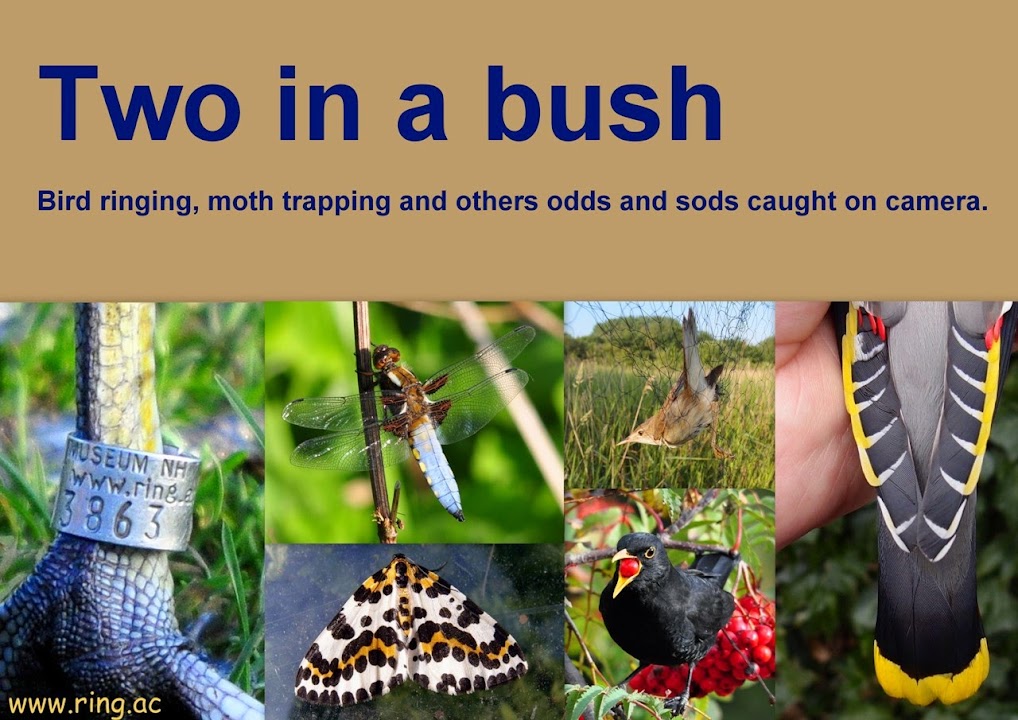Decent weather has been at a premium this August so it has been a case of trying to get out ringing whenever conditions and circumstances allow. The 13th provided one of those opportunities and produced a catch of 50 new birds with Willow Warblers and Chiffchaffs making up half the total. Willow Warblers topped the totals with 18 ringed, their highest total of the month, but the juvenile:adult ratio remained quite low at 2.6:1 (13 juveniles to 5 adults). At the other end of the scale only 1 Tree Pipit was ringed which was very disappointing as we are approaching peak passage for that species and only 4 were seen all morning, on the other hand the capture of a Spotted Flycatcher was a very nice surprise as they are a very scarce passage migrant these days and it's even rarer for one to find its way into a net.
 |
| Spotted Flycatcher |
 |
| Spotted Flycatcher 13/08/17 - the only record of the autumn so far. |
Ringing totals for 13/08/17 were: Goldcrest 2; Blue Tit 5; Great Tit 2; Coal Tit 1; Chiffchaff 7; Willow Warbler 18; Blackcap 3; Whitethroat 1; Blackbird 1; Spotted Flycatcher 1; Robin 1; Tree Pipit 1; Chaffinch 3; Bullfinch 3; Lesser Redpoll 1.
The 16th turned out to be a fairly quiet day with many birds having departed since my previous visit and precious little coming through to replace them. Only 25 birds were ringed which is below the average for mid-August. There was a bit of movement overhead with a party of 5 Snipe flying high to the north (the first record of the autumn) and a total of 9 Tree Pipits flying south (the second highest total recorded this autumn) being the best of what little there was. Warblers were in short supply and only 5 Willow Warblers were ringed which suggests they have passed their peak. The proportion of juvenile Willow Warblers continues to be unusually low with just 3 of the 5 ringed being youngsters. Two of the Chiffchaffs ringed were interesting in that they had completed their post juvenile moult and this should signal an increase in the numbers migrating through the site from now on.
 |
| Chiffchaffs can start migrating in earnest once they have completed their pj moult. |
Ringing totals for 16/08/17 were: Goldcrest 2; Blue Tit 2; Chiffchaff 5; Willow Warbler 5; Blackcap 2; Whitethroat 2; Tree Pipit 4; Chaffinch 2; Linnet 1.
 |
| Tree Pipit - one of four ringed on the 16th. |




























